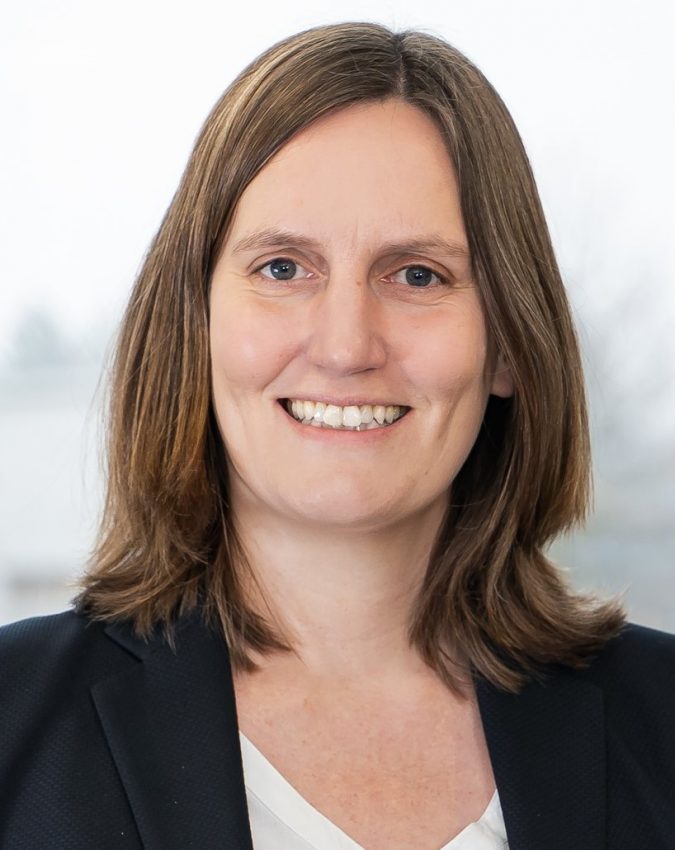Science communication during pandemics New research project examines the role of social media discussions
Brinkmann, Drosten, Kekulé: the names of leading virologists and epidemiologists are shaping the public debate and perception of the coronavirus pandemic. The experts provide information on Covid-19, its spread and protective measures. Research during the crisis has already shown that direct communication by scientists is more effective than general media consumption. However, the effects of direct communication in social media and the impact of citizen participation on scientific knowledge have not been sufficiently investigated. This is where the project “Wissenschaftskommunikation in Pandemien: Die Rolle der öffentlichen Beteiligung an Social Media Diskussionen“ (Science Communication in Pandemics: The role of public participation in social media discussions) by the German Research Foundation (DFG) comes in, in which communication scientist Professor Monika Taddicken from TU Braunschweig is involved.
How do experts engage in public discourse and how is this perceived in social media? These questions will be answered over the next three years in terms of use and dissemination as well as perception and impact through content analysis and user interviews. The aim of the project is to analyse the dissemination of evidence-based communication in social media and to understand the extent to which emotions, in particular fear and anger, are conveyed.
Interdisciplinary: Communication Science, Computer Science, Psychology
Monika Taddicken, Professor of Communication Science at TU Braunschweig, is working on the interdisciplinary research project together with two colleagues from the University of Duisburg-Essen: Social Psychologist Prof. Nicole Krämer and Stefan Stieglitz, University Professor for Professional Communication in Electronic Media and Social Media.

Prof. Monika Taddicken. Photo credit: IfKW/TU Braunschweig
“I start with a manual content analysis with my team at TU Braunschweig,” explains Prof Taddicken. In Duisburg, the Computer Science department will then build on this theoretical introduction with a machine analysis. The psychological effects will also be analysed there: How many emotions are there in expert communication on social media?
The tension between emotion and evidence is of particular interest, says Taddicken: “What mechanisms can we identify that lead to content about the coronavirus pandemic being shared more and, for example, favoured via a Like?”
Real and “fake” experts on Twitter and YouTube
The project analyses communication on the social media platforms Twitter and YouTube. Twitter because numerous scientists, science journalists and politicians exchange information there. The company also offers easy access to the data via an interface. And YouTube plays a major role in the coronavirus pandemic; the video platform is the number one source of information, especially among younger media users.
But who is an expert and who is just pretending to be? For Professor Monika Taddicken and the other researchers, distinguishing between experts and “fake” experts is just as challenging as it is for laypeople. “We are in the process of developing criteria that will help us identify real experts. For example, we look at their institutional affiliation and what they have already published on the topic they are talking about,” says Taddicken.
Science communication of the future
At the end of the project, the scientists want to be able to make a statement about what science communication should look like in the future. “We will produce a scientific statement for politicians and the public,” says Taddicken. Who can I trust and how do I deal with it? This is something that all social media users need to learn how to assess.
